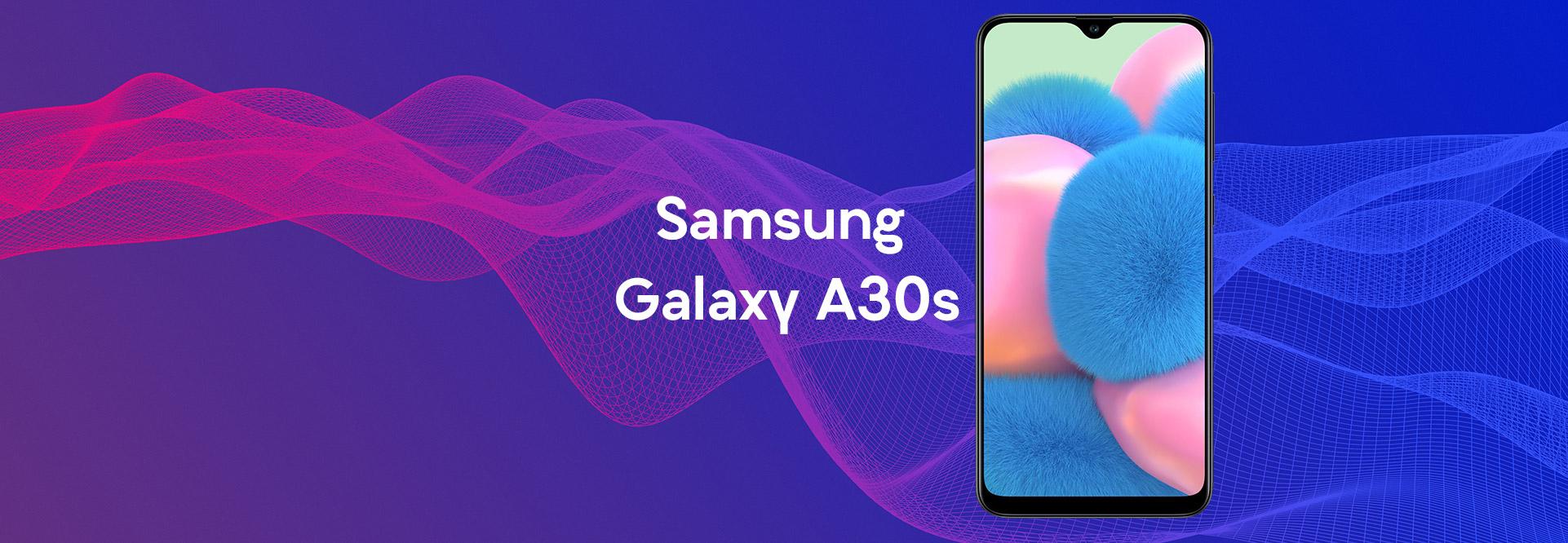
Samsung recently upgraded its Galaxy A Series with the A30s and the A50s. These devices are packed with more features than their predecessors but are still within the same price range.
The [Samsung Galaxy A30s](https://www.mondo.co.za/devices/Samsung-Galaxy-A30s) is by far the more impressive device since it has flagship-like features at the price of a mid-range smartphone. Surely you can’t wait to get your hands on this beauty, but before you do, here’s what you can look forward to from this little dynamite device:
__Under the Hood__
The A30s is raring to go with a powerful Octa-core processor and 4GB of RAM, which means faster processing for apps and even serious gaming. Matching up to its flag-ship forefathers, the A30s has an internal storage capacity of 128GB with a slot for a 512GB microSD card.
__Screen and Body__
Just looking at the Samsung Galaxy A30s tells you that this is a sleek pocket computing machine. You can easily get lost in its 6.4 inch Infinity-V display, which uses every inch to immerse you into an amazing experience. The body has an eye-catching prismatic look and design. It’s small enough to fit in your palm for easy navigation and comes in Prism Crush Black, White, Violet or Green. The holographic patterns with the glossy finish certainly stand out.
__Three Rear Cameras!__
This is where the Samsung Galaxy A30s steps it up. It has three rear cameras: a 25MP main camera, an 8MP Ultra-Wide lens and a 5MP Depth Camera for focus so you can capture the perfect picture. If you love selfies, the A30s houses a 16MP front-facing camera that delivers high-resolution photos, as well as a Selfie Focus feature that blurs the background to make you the star of the shot.
__Good Battery Life__
The A30s comes with a typical battery of 4000mAh, which should last a day with normal usage. However, it also has a 15W fast charger so that you can juice up in no time.
__Safety and Data Saving Features__
Samsung have packed so much into this little device. One of the flagship type features on the A30s is the fingerprint sensor. This is used to secure your smartphone and verify the identity of the person unlocking it. If, for some reason, it is broken into, Samsung has included its Knox programme, which protects all your sensitive and personal files. The Samsung Galaxy A30s is also Dual-Sim compatible, which is a fantastic feature to [manage your data spend.](https://www.mondo.co.za/tech-news/article/proven-ways-to-extend-your-smartphones-battery-life)
__Verdict: It’s a great phone for the price__
The A30s is a mid-tier smartphone that’s loaded with flagshiplike features and an amazing physical appearance, resulting in an excellent smartphone, making it a prime example of getting more bang for your buck.
View our Samsung Galaxy A30s deals [here](https://www.mondo.co.za/devices/Samsung-Galaxy-A30s) .
__More Samsung Device Reviews:__
· [Samsung Galaxy Note 10 and Note 10 Plus! ](https://www.mondo.co.za/tech-news/article/review-samsung-galaxy-note-10-and-note-10-plus-?utm_source=Mondo&utm_medium=Tech_News&utm_campaign=Article_Samsung_Galaxy_A30s)
__[· Samsung Galaxy A20 Review ](https://www.mondo.co.za/tech-news/article/samsung-galaxy-a20-review?utm_source=Mondo&utm_medium=Tech_News&utm_campaign=Article_Samsung_Galaxy_A30s)__
__·[ Samsung Galaxy A2 Core Review ](https://www.mondo.co.za/tech-news/article/samsung-galaxy-a2-core-review?utm_source=Mondo&utm_medium=Tech_News&utm_campaign=Article_Samsung_Galaxy_A30s)__
[· Samsung Galaxy A10 Review ](https://www.mondo.co.za/tech-news/article/samsung-galaxy-a10-review?utm_source=Mondo&utm_medium=Tech_News&utm_campaign=Article_Samsung_Galaxy_A30s)



